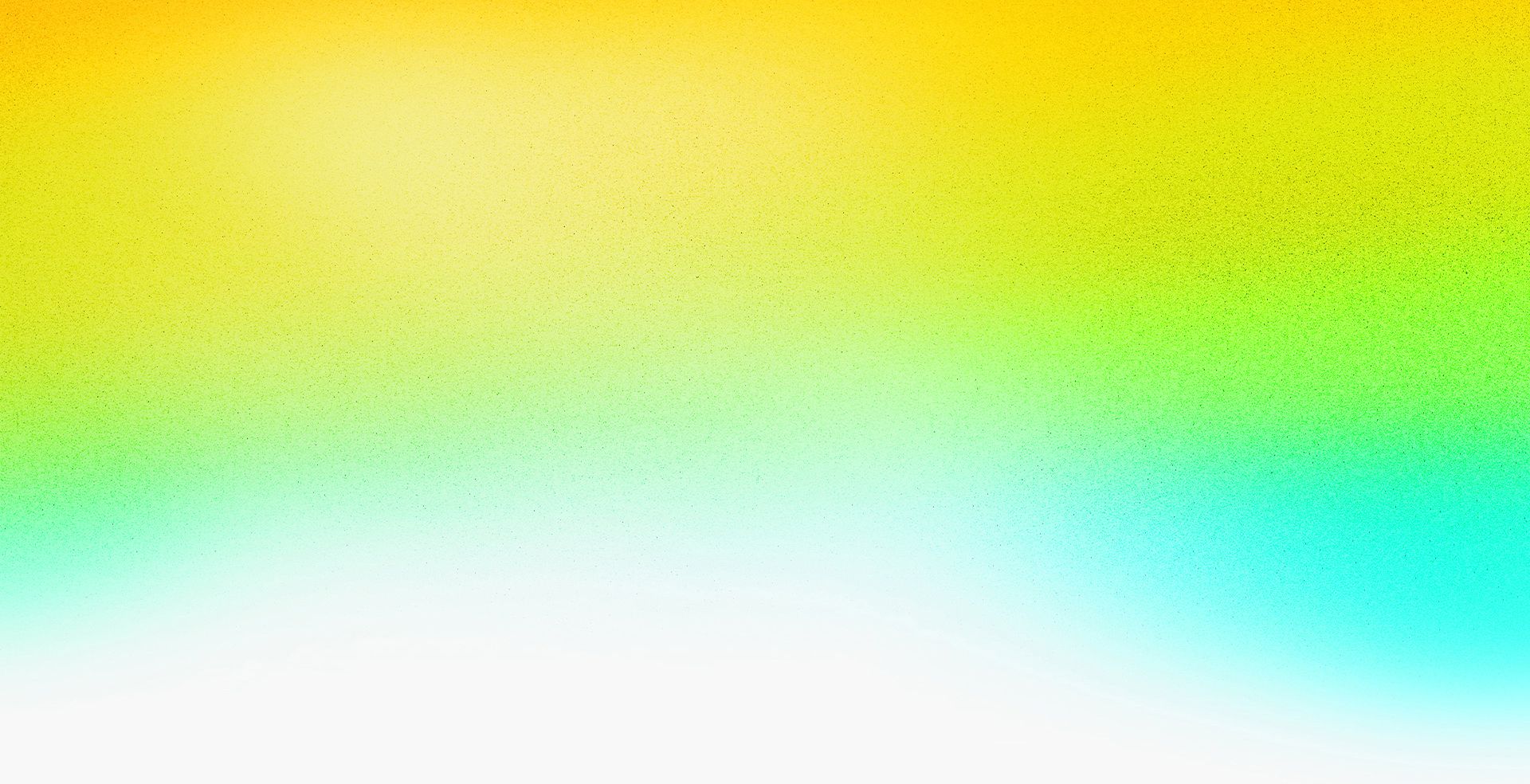Closed captions in English can be accessed in the video player.
Next-Level Techniques in Photoshop


Speakers
-

Principal Director, Creative Cloud Evangelism, Adobe
Featured Products
-
Photoshop
Free trial
Session Resources
No resources available for this session
About the Session
If you want to know the latest and easiest ways to create compelling designs that are on brand, this Photoshop session is for you. Let Adobe Evangelist Paul Trani show you how to use a combination of tried-and-true and brand-new features to take your Photoshop techniques to the next level while keeping your designs on brand.
You’ll learn how to:
- Master top tips, tricks, and shortcuts the pros use
- Effectively blend images for seamless compositions
- Manage fonts, colors, and assets so your content is always on brand
- Export and collaborate easier than ever
Technical Level: General Audience
Category: How To
Track: Graphic Design and Illustration
Audience: Art/Creative Director, Graphic Designer
This content is copyrighted by Adobe Inc. Any recording and posting of this content is strictly prohibited.
By accessing resources linked on this page ("Session Resources"), you agree that 1. Resources are Sample Files per our Terms of Use and 2. you will use Session Resources solely as directed by the applicable speaker.
Not sure which apps are best for you?
Take a minute. We’ll help you figure it out.